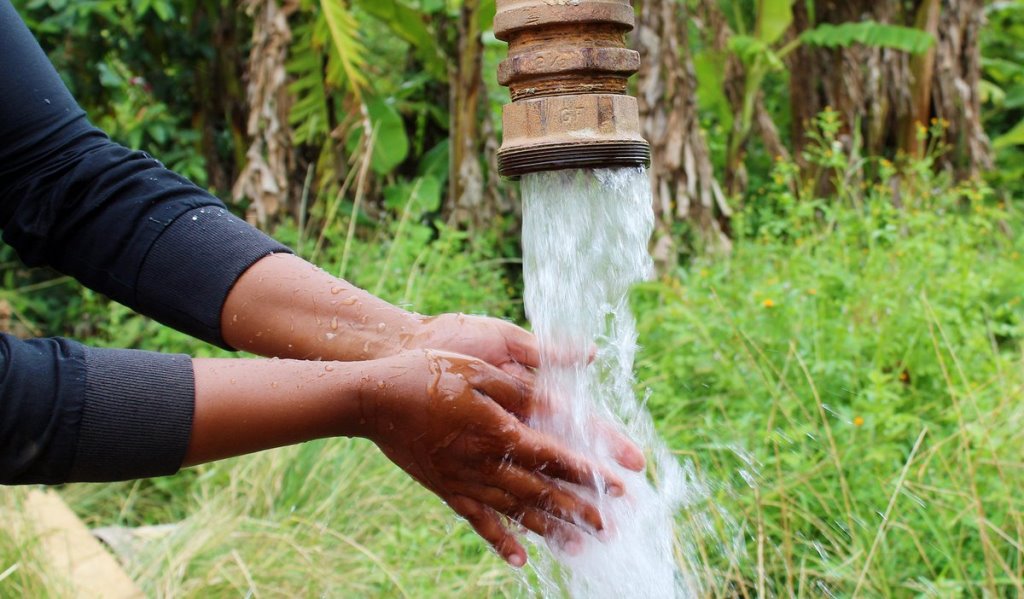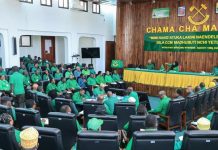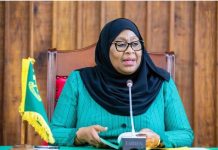THE government is finalising a comprehensive plan to establish a national water grid system that would provide fair availability of the precious liquid in rural and urban areas.
Permanent Secretary in the Ministry of Water Prof Kitila Mkumbo says the plan would strategically benefit regions such as Singida and Dodoma that have little or limited freshwater sources.
Details from the government indicate that Tanzania has over 126billion cubic meters of water while the demand is less than 40billion cubic meters.
The permanent secretary says the figures are not reflective, with some parts of the country experiencing serious water woes in comparison with the rest.
In Dodoma and Singida regions, he said: “The two regions have a combined water generating capacity of 7 00million cubic meters even though the supply is not sufficient.”
The national water development plan and the Chama cha Mapindunzi (CCM) election manifesto target to improve water supply in cities, towns and villages by 95 per cent, 90 per cent and 85 per cent in 2020 respectively.
“The ministry has resolved to establish a water grid similar to that of electricity,” Prof Mkumbo said.
He detailed that water production is improving daily thanks to the government’s initiative to implement small and large scale water projects. ojects have been commissioned.
More specifically, a total of 1,5 44 projects have been completed, 27 6 projects are in various stages of implementation, and 663 projects are in the pipeline.
Prof Mkumbo says a total of 15 9 projects have also been completed “unfortunately, they couldn’t produce water. These include 15 3 projects implemented in rural communities and six others in urban areas.”
Deputy Minister for Water Jumaa Aweso was bitter that executive directors had been slowing the government efforts to fulfil its election promise by awarding contracts to dishonest contractors.
“Sometimes most executives have been blindfolded by corruption,” he said.
He cited a water project that had been allocated over 1.4bn/- yet there was no water and the experts were quick to blame witchcraft to have caused the problem.
“You go through another project you find out that the infrastructure that includes water tanks have also been constructed in an area not well surveyed to determine the volume of water available … the question is, are we serious as managers? ” he asked.







